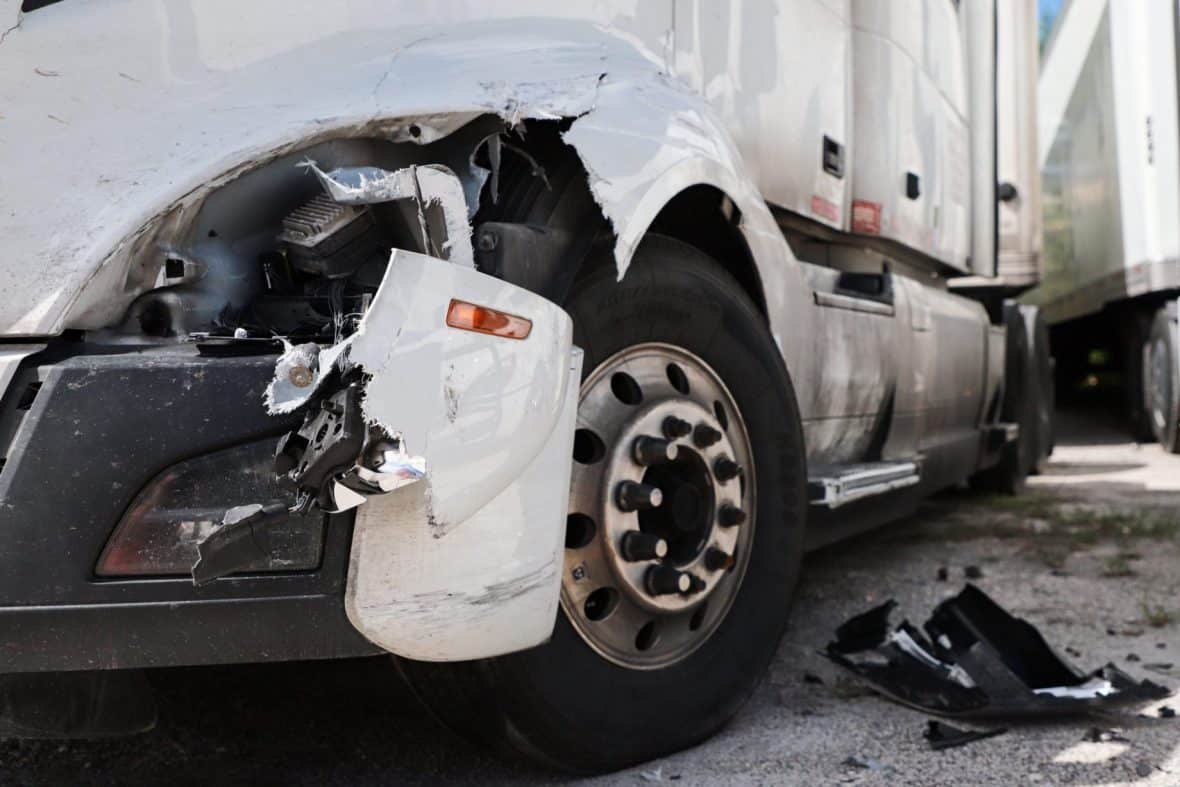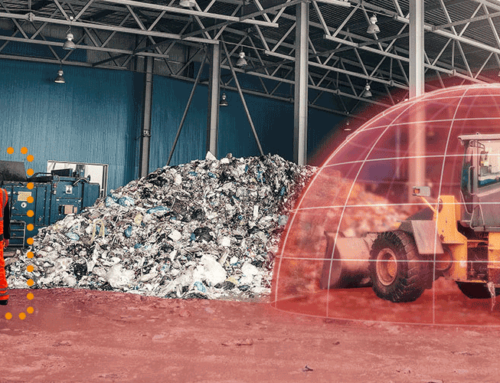Commercial vehicle accidents can have devastating consequences, both in terms of human lives, injuries and financial losses. However, with the advancements in technology, there are now solutions available to help prevent these accidents and enhance safety on our roads.
The findings from the 2020 report released by the WSIB of Alberta shine a spotlight on a concerning trend in workplace fatalities, with a significant percentage attributed to vehicle-related incidents. Within certain sectors, the fatality rate soared to nearly 60%, underscoring the urgent need for enhanced safety measures in commercial operations. What is particularly alarming is the noticeable increase in the fatality rate, as indicated by the Percentage Change in Injury Fatality Rate per 100,000 workers, which surged from 3.5 to 4.3 between the periods of 2015-2017 and 2018-2020, representing a substantial 22% uptick.

One of the leading causes of commercial accidents is while vehicles are backing up. The limited visibility and blind spots in large vehicles make it challenging for drivers to be aware of their surroundings. But fear not! Backup detection systems, warning alarms, cameras, and now automatic braking have entered the commercial industry and are making real difference. These technologies provide real-time visual and auditory feedback to drivers, allowing them to make informed decisions while reversing. By eliminating blind spots, drivers can avoid collisions with objects, pedestrians, or other vehicles.

In addition to visual aids, warning alarms are another effective solution. These alarms emit a beeping sound, and more advanced models use white sound frequencies with smart technology bringing attention to the vehicles direction while reversing. Camera and monitor systems offer visibility for drivers providing single to multiple camera viewing, eliminating any blind spots. Advanced collision warning systems alert drivers when their vehicles are near obstacles or pedestrians. By providing timely warnings, drivers can take corrective actions and avoid accidents. Automatic reverse braking uses sensors to detect objects or pedestrians and automatically stops the vehicle by applying the air brakes preventing accidents before they happen.
The adaptability and customization options offered by these innovative technologies are truly remarkable, allowing for tailored solutions that cater to the specific needs of diverse vehicles and industries. Whether you’re managing a fleet of trucks, buses, or delivery vans, the flexibility inherent in these safety technologies empowers you to integrate a comprehensive array of cutting-edge features. From advanced warning systems and high-resolution cameras to intuitive monitors, dynamic lighting systems, and audible warning alarms, the possibilities for creating a robust safety infrastructure are virtually limitless.

By proactively investing in these advanced safety technologies, businesses can effectively demonstrate their unwavering commitment to fostering a culture of safety and protection for both their employees and the general public. Beyond the profound impact on lives saved and accidents prevented, these sophisticated tools have the added benefits of reducing insurance expenditures, mitigating downtime associated with vehicle repairs and legal proceedings, and ultimately enhancing the overall operational efficiency and financial stability of organizations.
In the realm of commercial operations, safety should always be the topmost priority, guiding every decision and action taken. Embrace the transformative potential of technology to mitigate risks inherent in commercial accidents and collaboratively pave the way towards creating safer roads and work environments. Let us join forces to champion a culture of safety, innovation, and collective responsibility, ensuring a brighter and more secure future for all.








